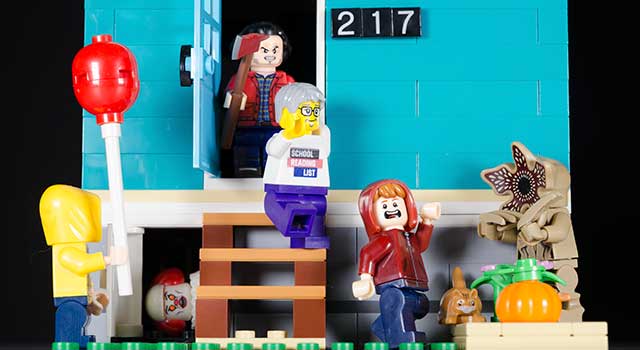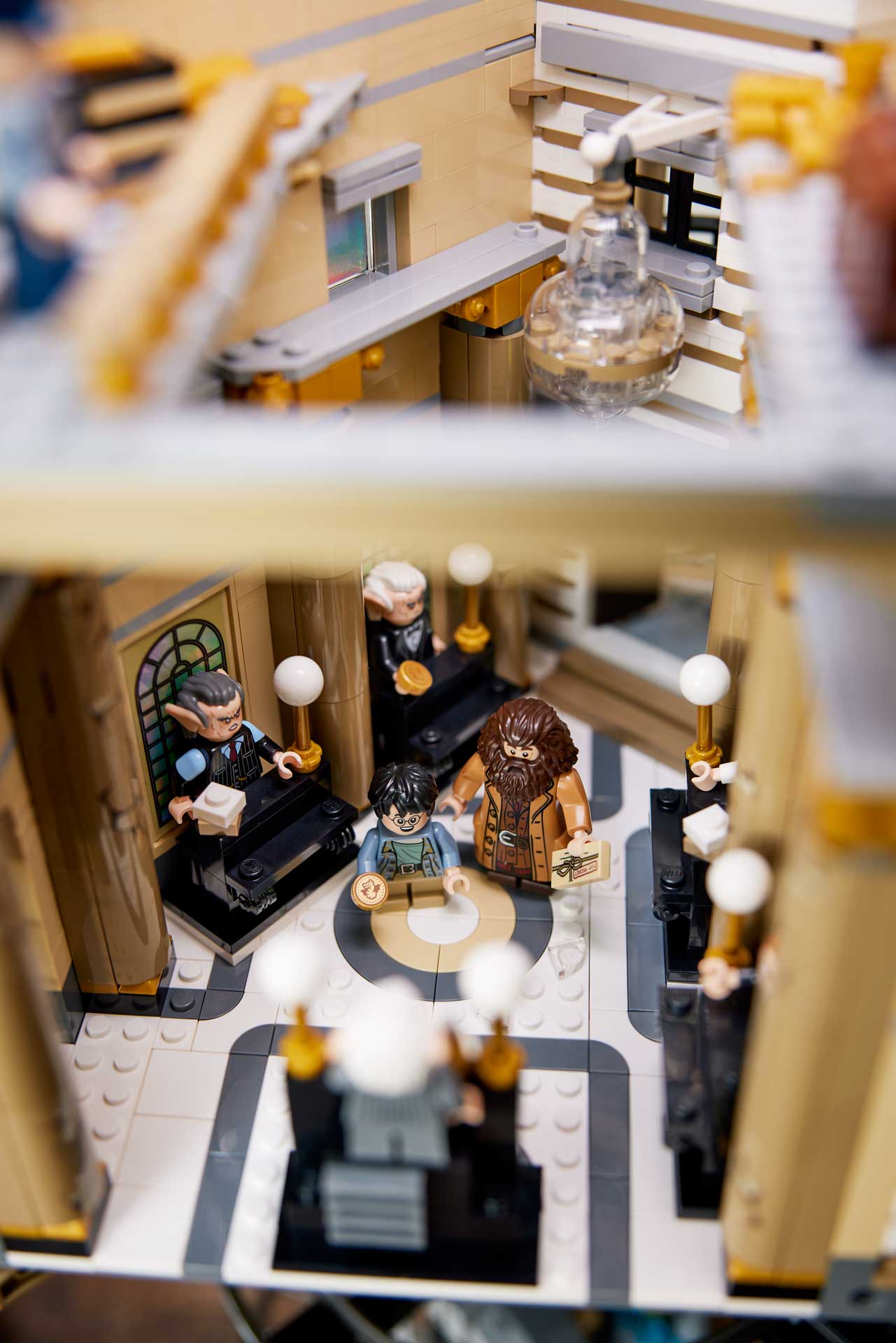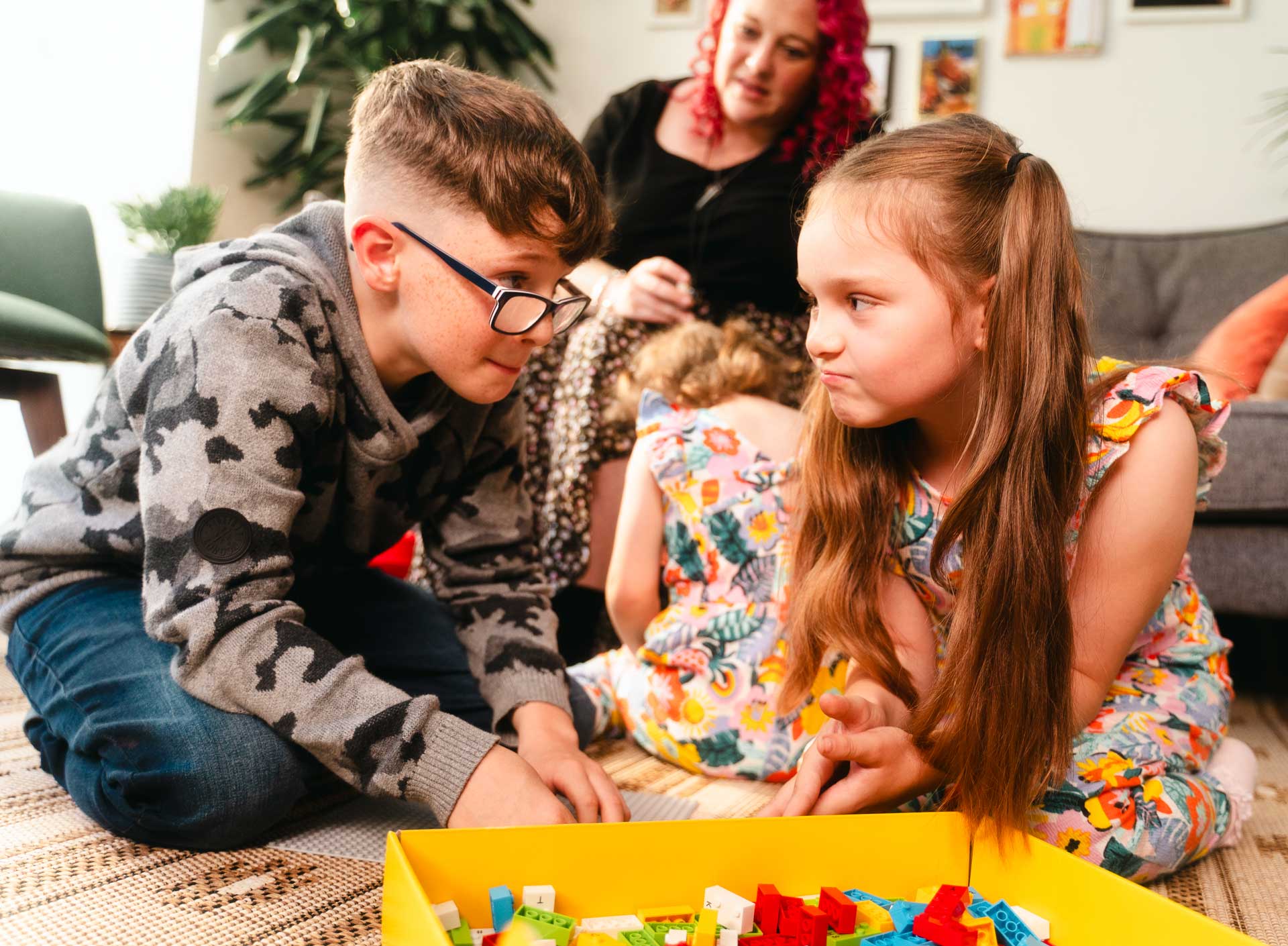
Episode 15
Episode 15 show notes
To view or buy the books featured in this episode, please see the links below.
- Recommended children’s and YA books released in October 2023 – buy from UK Bookshop Org.
- October 2023 school book club recommendations.
Affiliate Statement
As an Amazon Associate, the School Reading List earns from qualifying purchases. Disclosure: If you buy books linked to our site, we may earn a commission from uk.bookshop.org.
This podcast is supported by its listeners. If you choose to purchase something using links on our website or podcast notes we may earn a commission. No books were warped, dogeared, underlined with purple pen, eaten, cursed, cancelled, burned, or otherwise harmed in the making of this podcast.
Listen and subscribe
To listen to all the episodes in this podcast and to subscribe, see the School Reading List podcast page.
Episode 15 transcript
How to use Lego to encourage reading skills

Building Literacy Brick by Brick: How LEGO Enhances Reading, Coding, and Learning
In a world where screens dominate the landscape of children’s play, one timeless toy continues to stand tall – LEGO. The iconic interlocking plastic bricks that have sparked the imagination of generations are not just for building structures; they are an invaluable tool for promoting literacy, encouraging a love for reading, and even venturing into the world of coding. But the story doesn’t end there. LEGO has recently embarked on a remarkable journey to foster inclusivity through its innovative Braille Bricks.
Lego and Reading: A Match Made in Imagination
The word “Lego” itself conjures up images of creativity and endless possibilities. It’s not just about constructing physical objects; it’s about constructing stories, realising daydreams, acting out adventures, and delving into the imagination. As Albert Einstein once said, “Play is the highest form of research.” And for young minds, what better way to research than through play?
Lego sets are more than just a pastime – they are a gateway to literacy. When children immerse themselves in the world of Lego, they are not just building structures; they are constructing narratives. Lego encourages children to model scenes from their favourite texts using Lego characters, fostering a deep connection between the act of reading and the act of creating.
The Power of Storytelling with Lego
Children often find storytelling an engaging and imaginative exercise. But Lego takes storytelling to a whole new level. When children use Lego to create their stories, they are not bound by the constraints of pen and paper. Instead, they can physically manipulate characters and experiment with scenes, infusing their narratives with a unique dynamism.
Lego can serve as a powerful tool for planning and structuring stories. Rather than drafting ideas on paper, children can plan their stories using Lego bricks. This inherently more enjoyable process allows them to envision plot twists, cliffhanger moments, and character development with ease.
Moreover, Lego’s durability and photogenic quality make it perfect for documenting stories. Children can capture still images of their Lego scenes to create storyboards, develop slide-based presentations, or even animate their tales with stop-motion techniques. The possibilities are as endless as a child’s imagination.
Fostering Character Empathy and Predictive Skills through Lego
Lego goes beyond storytelling; it fosters character empathy and predictive skills. When children create and manipulate Lego characters in their narratives, they become emotionally invested in their characters’ journeys. They develop a sense of empathy and understanding as they imagine the challenges and triumphs that their Lego creations face.
As children build their stories with Lego, they are constantly making predictions about what comes next, creating a rich landscape of “what if” scenarios. The suspense and surprise that Lego storytelling offers lead to those priceless moments of revelation, similar to the twists and turns found in books. The physical nature of Lego also allows for literal twists around the corner, where new story elements can be introduced with a simple rotation or rearrangement of the bricks.
This emotional connection with characters is a crucial aspect of literacy. It allows children to connect with the characters in the stories they read, making the reading experience more profound. Through Lego, children can explore the thoughts and feelings of their characters, helping them develop a deeper understanding of character motivations and emotions – skills that are vital in comprehending and analyzing literature.
Braille Bricks: Bridging the Divide and Fostering Coding Skills
Beyond the realm of storytelling and literacy, Lego has embarked on an inspiring journey to promote inclusivity through Braille Bricks. Braille, a tactile writing system, is a code for the visually impaired. It allows individuals to read and write through raised dots. For the visually impaired this new Lego resource is an exciting development. But there’s a lot that sighted children can gain from these bricks and activities too. The unique Braille code not only facilitates reading but also serves as a stepping stone to the world of coding.
Just as children learn the alphabet, they can explore the Braille code, understanding how combinations of dots represent letters, numbers, and symbols. This introduces them to the concept of coding, which involves using combinations of symbols or instructions to perform tasks, much like how Braille works.
In terms of STEM (Science, Technology, Engineering, and Mathematics) education, Braille Bricks can serve as a gateway for coding activities. Children can learn how to create patterns and sequences with Braille, helping them develop problem-solving skills and logical thinking – essential for coding. The tactile nature of Braille Bricks makes coding more accessible and engaging.
By making Braille more accessible and enjoyable, Lego’s initiative takes a massive step toward ensuring that more children embrace the world of Braille and coding. Learning Braille and coding are not just about literacy; they’re about fostering independence, inclusion, STEM skills, character empathy, predictive skills, and the joy of “what if” moments. Lego’s Braille Bricks provide a vital platform for families to build tactile skills, explore Braille, and venture into the exciting world of coding, using a tool that is loved by all.
Visit the Lego Braille bricks resource site
In addition to the new Braille set, Lego offers a variety of literature-related sets such as Harry Potter, DC, Spiderman, and Lord of the Rings, there are also themed sets that lend themselves to storytelling, such as Pirates, Friends, City and Christmas. Then there are situation and building-based sets which make perfect story settings, such as alpine lodges, houses, castles, villages and spaceships.
In a world filled with screens, it’s heartening to see how a humble plastic brick can bridge the divide and encourage a love for literacy, coding, character empathy, and inclusivity. Lego, with its unmatched capacity for sparking creativity, remains a timeless and indispensable resource for educators and parents alike. As children build their worlds, they also build the foundations of their literacy, coding skills, empathy, and understanding, one brick at a time.
Buy Braille bricks from Lego store Buy themed sets from Lego store Buy from Amazon.co.ukDisclosure: If you buy books using the buttons above: we may earn a commission and as an Amazon Associate schoolreadinglist.co.uk earns from qualifying purchases.
Photos used with permission. ©2023 The LEGO Group.
Episode 15 chapter markers
Part 1
- A rundown of recent book post.
- Top 30 recommended children’s and YA books coming out in October 2023.
Part 2
Part 3
- Christmas-themed books – a quick look at our Christmas topic book list.
Episode 15 credits
To see full details of licensing information, Creative Commons, GNU license credits and other attributions that apply to every episode of this podcast, see our School Reading List podcast credits information page.
Credits specific to this episode
- Kevin MacLeod – Bummin on Tremelo – (purchased lifetime extended license registered to Tom Tolkien license ID FML-170359-11969).
- Listener submitted monologues from debut and self-published authors including: Phone me when you’re home! By Wendy Garvey, On My Back Paws by Anna Skoyles, Luna and Helio The Eclipse by Gina Keulemans & Why, Oh Why, Am I a Crocodile? by Alex Brooks, illustrated by Hannah Worsley.
Ask us a question | Leave us a voicemail shout-out
Click the button below to leave us a voicemail via SpeakPipe, if you would like to ask a question for one of our listener’s message slots, leave a shout-out or be featured in a future episode.
Buy me a coffee
If you found this free podcast useful and you would like to help – please consider a donation through the ‘Buy Me a Coffee’ service. Thanks.

